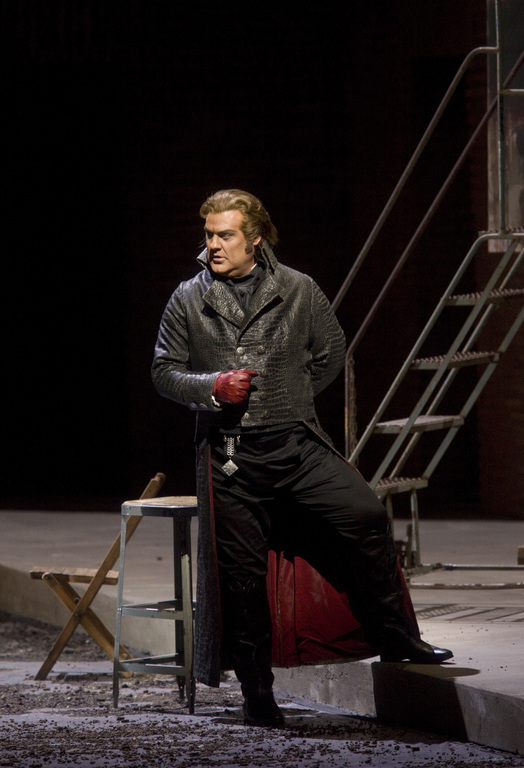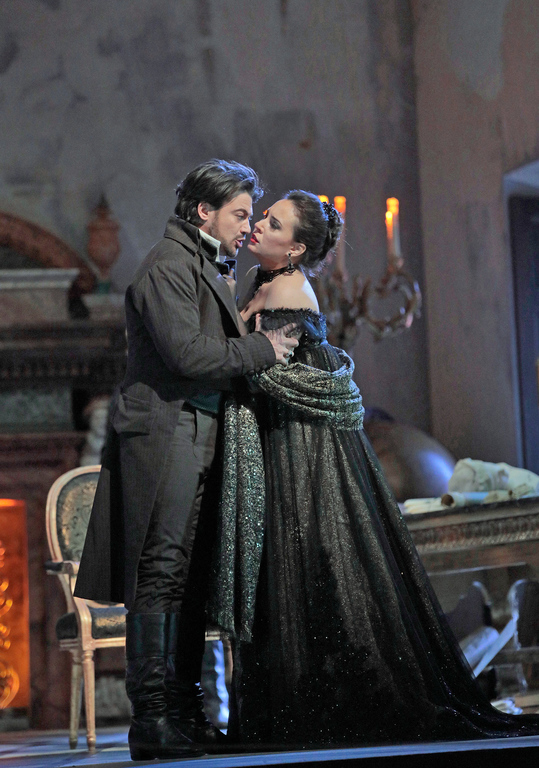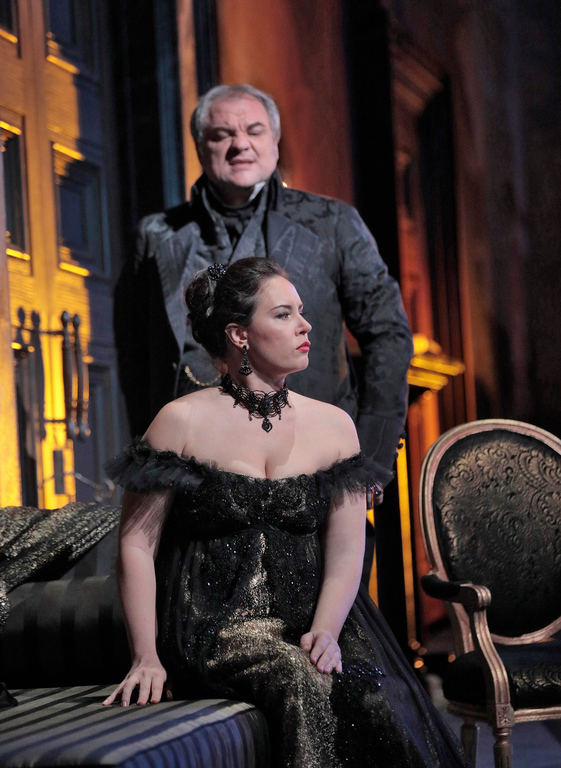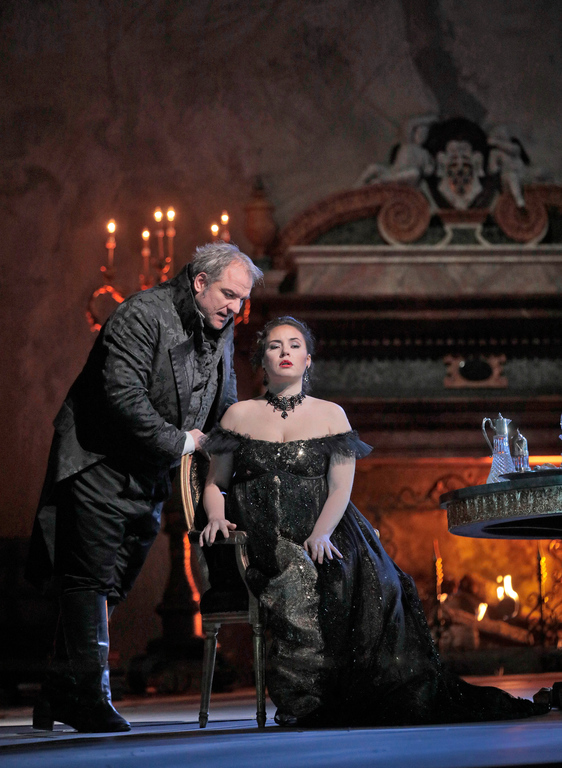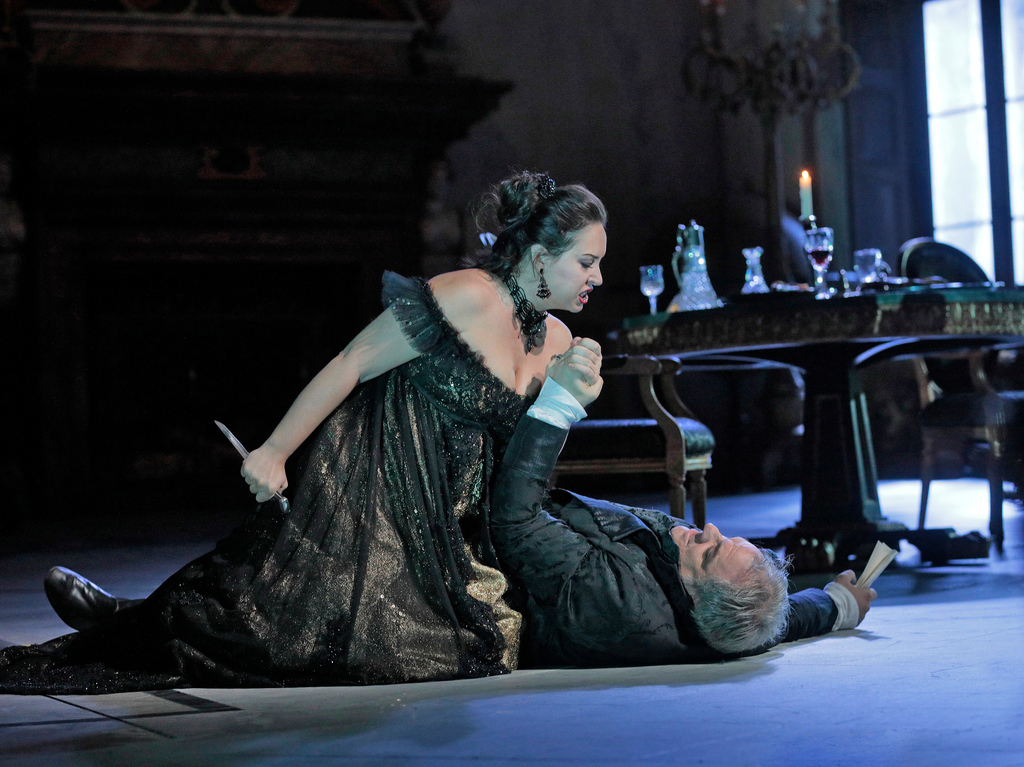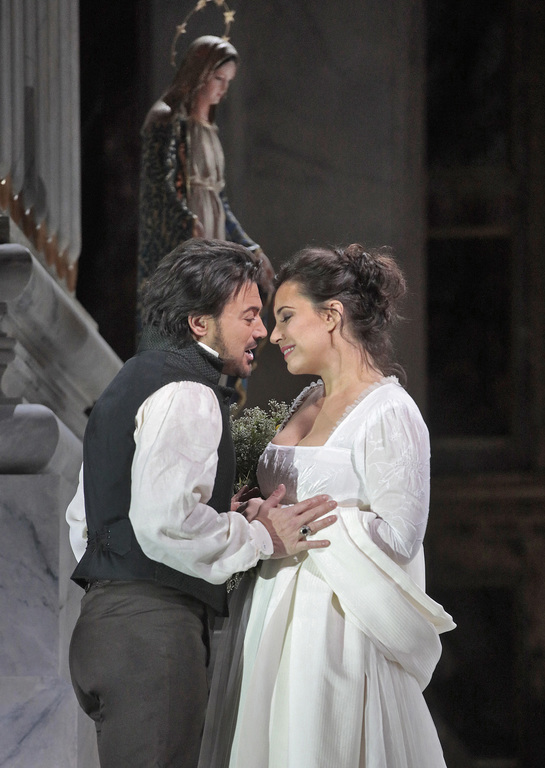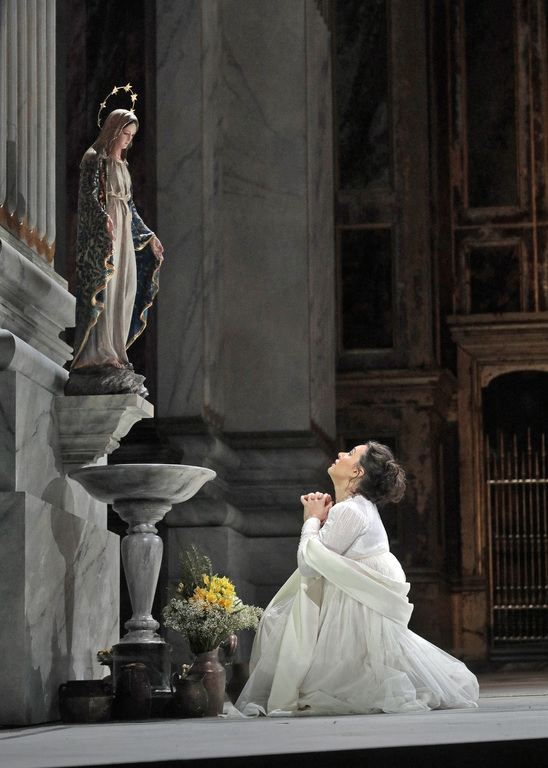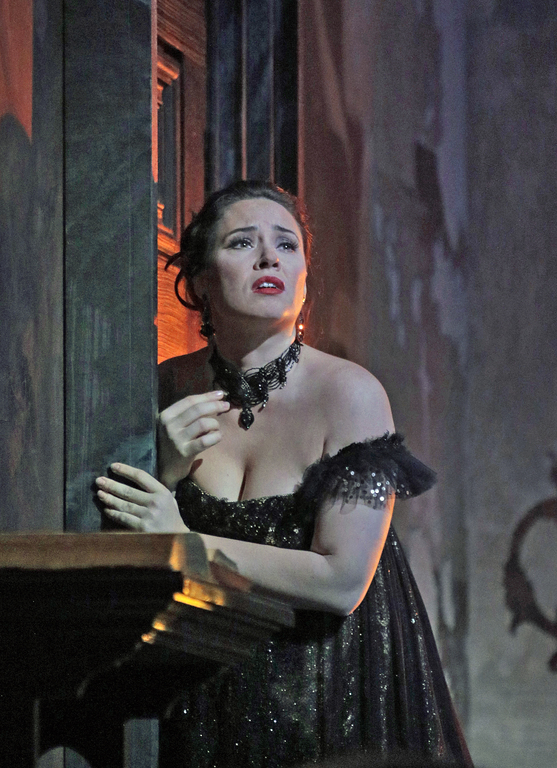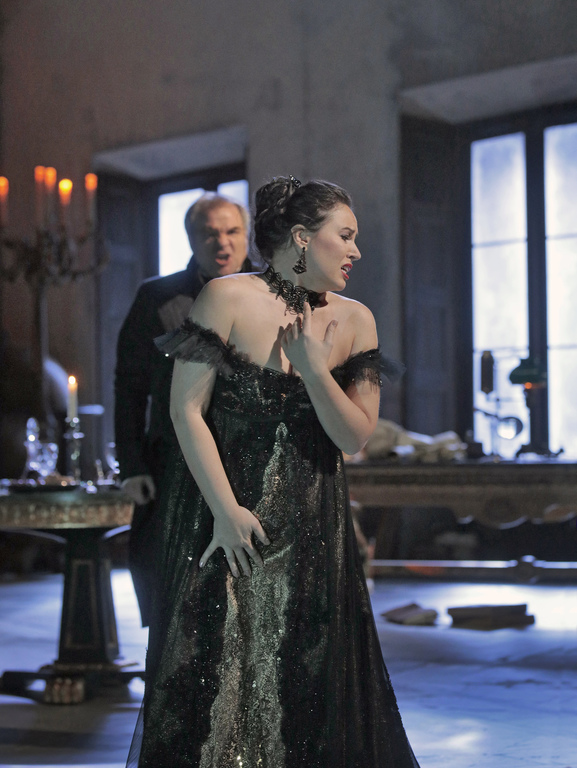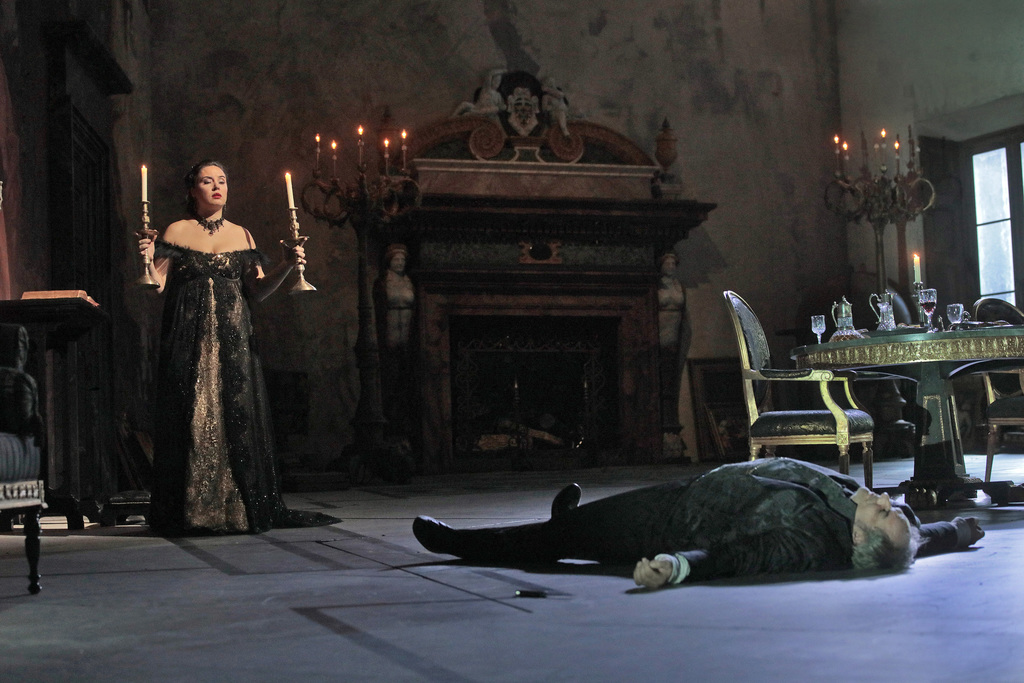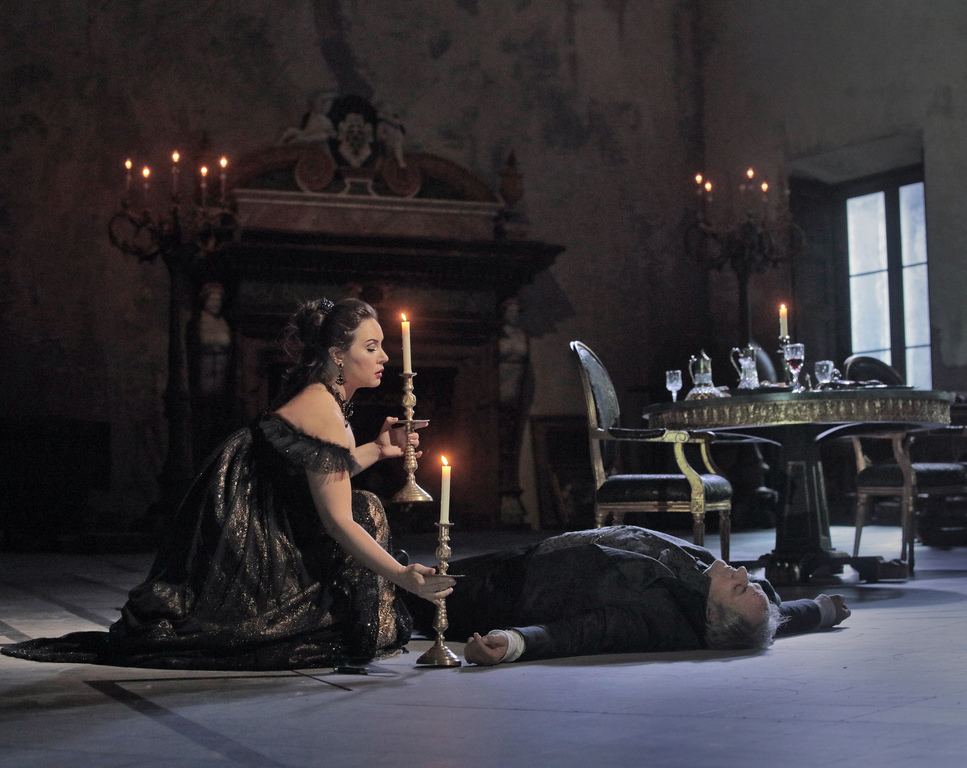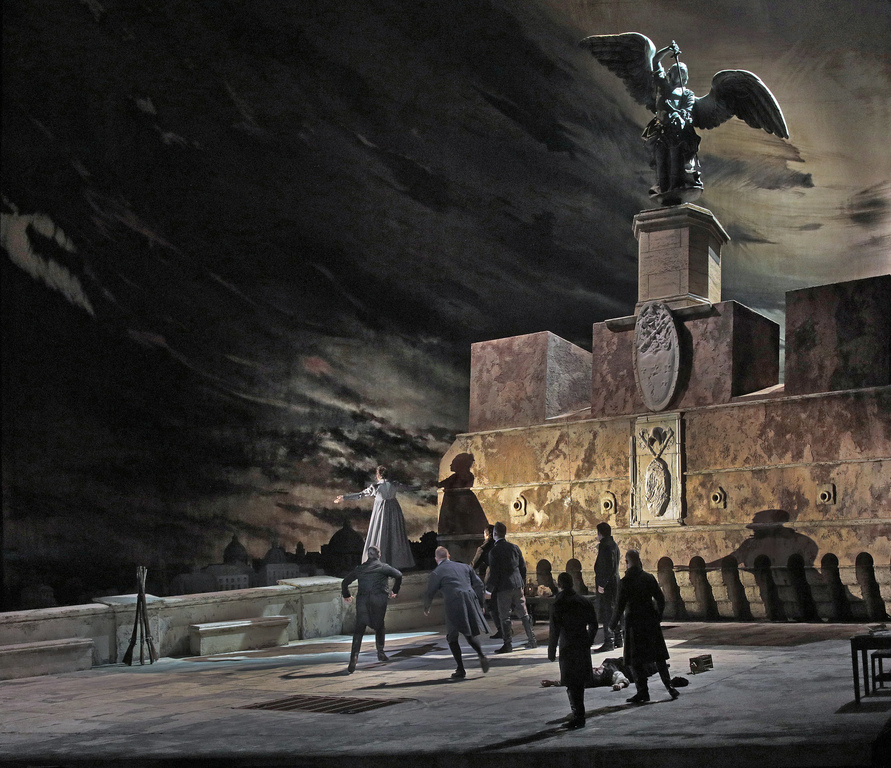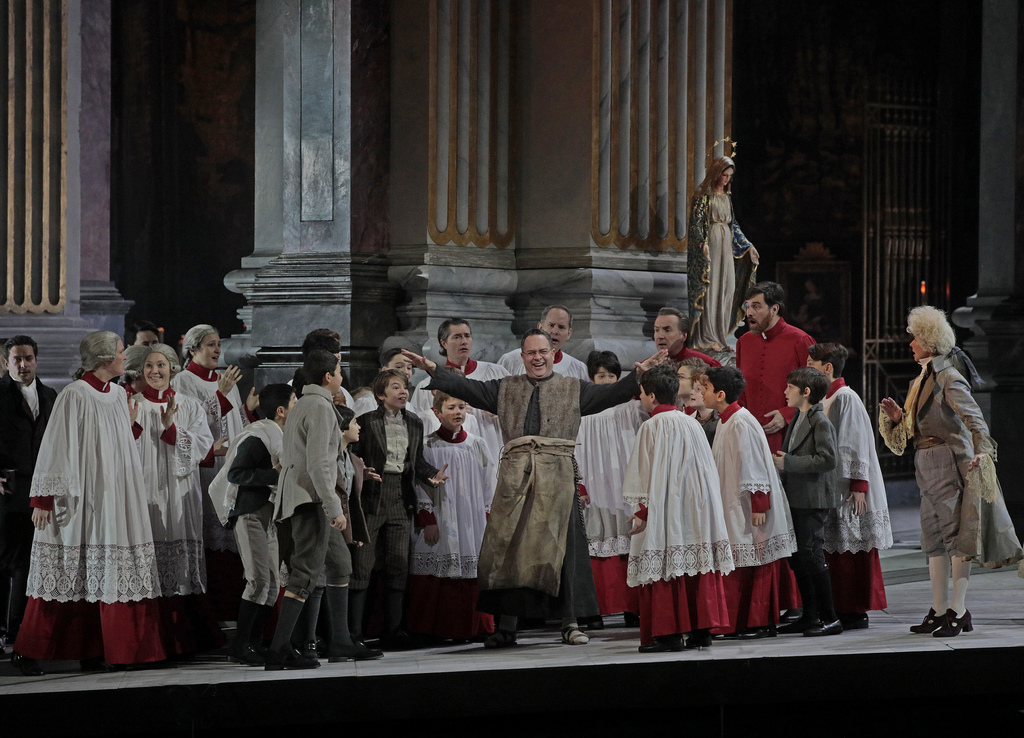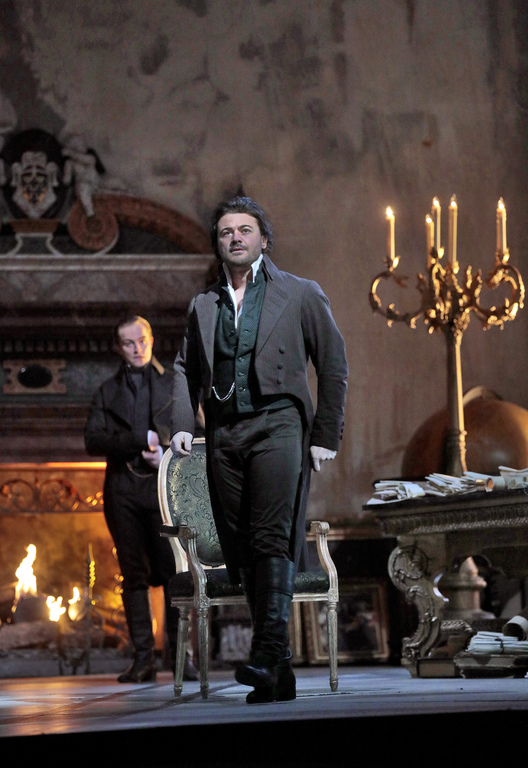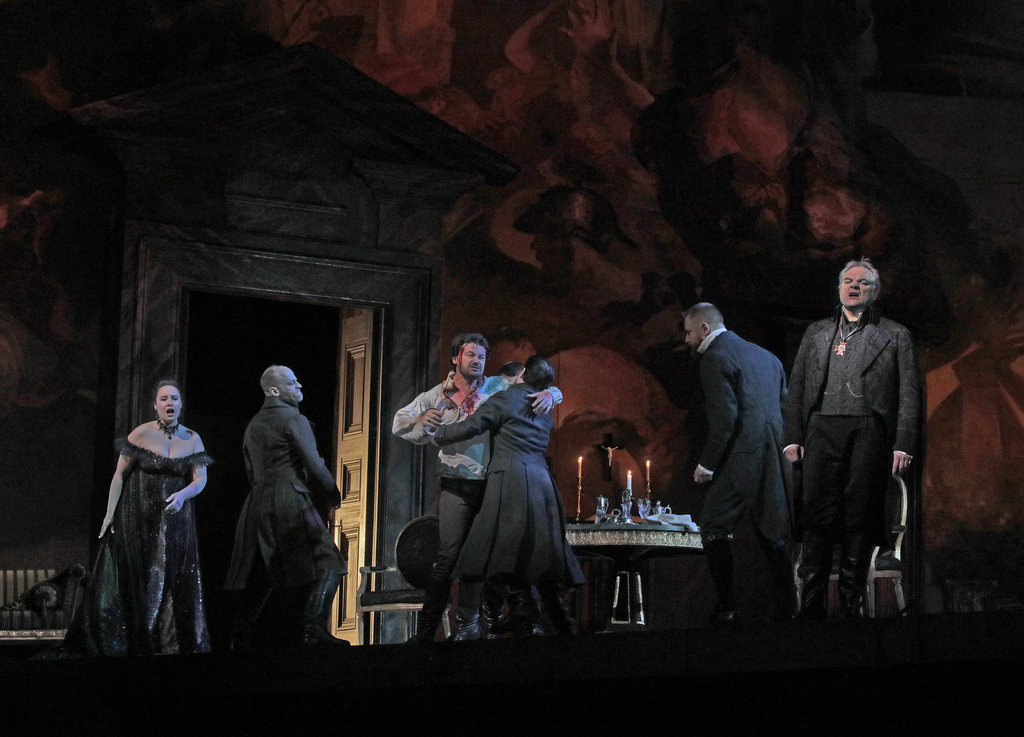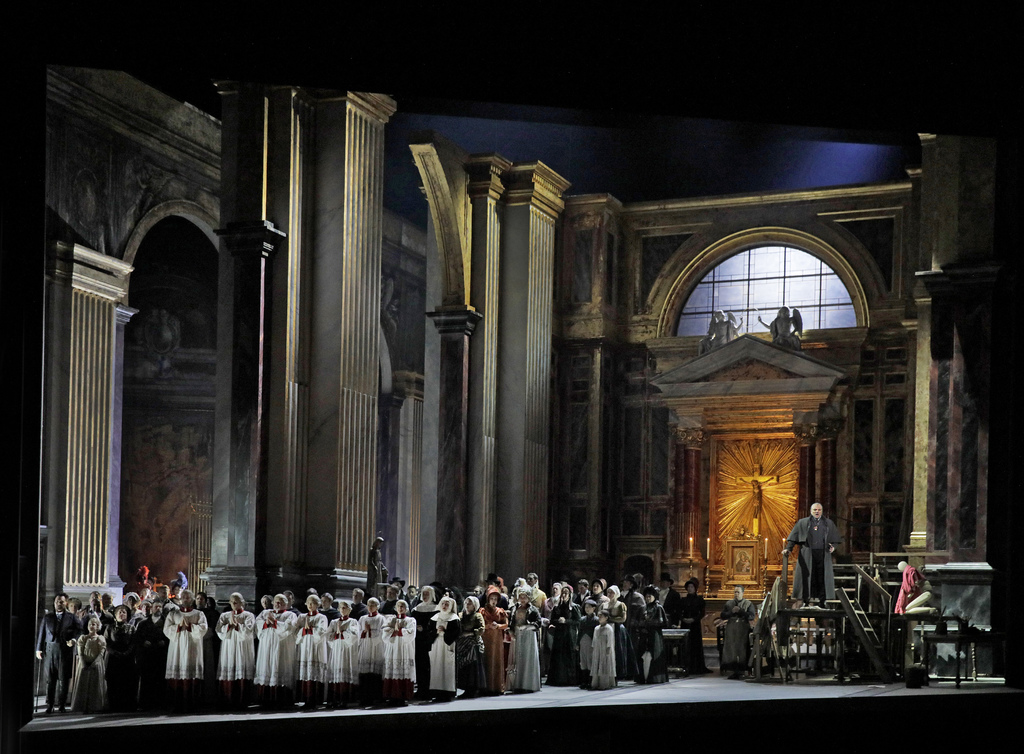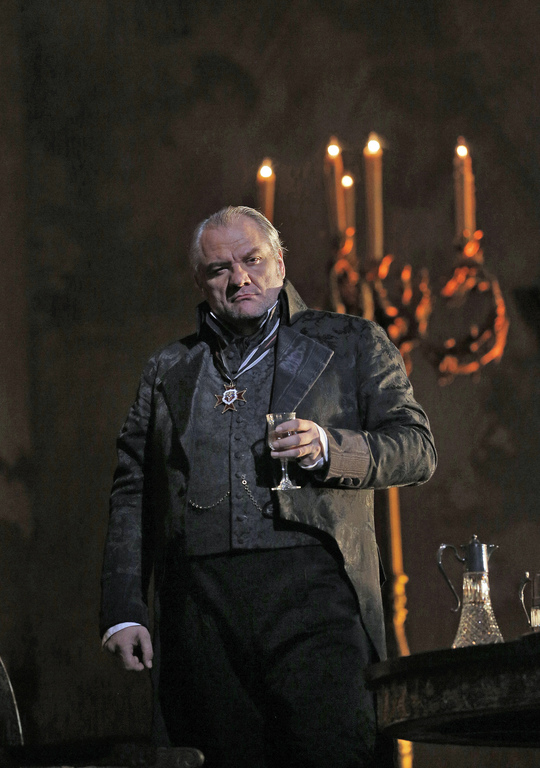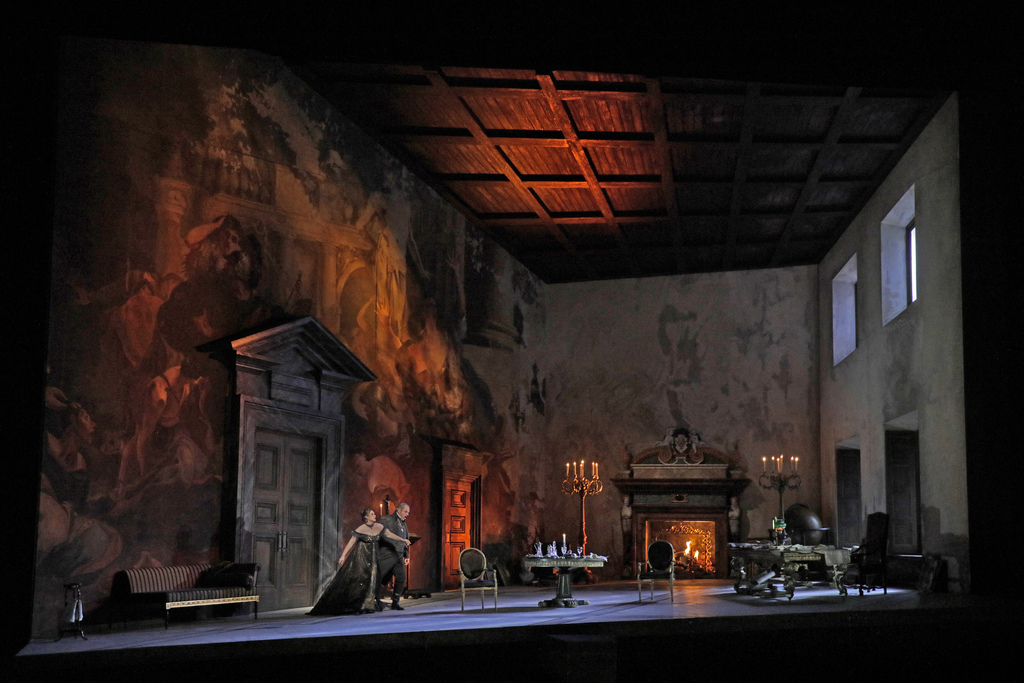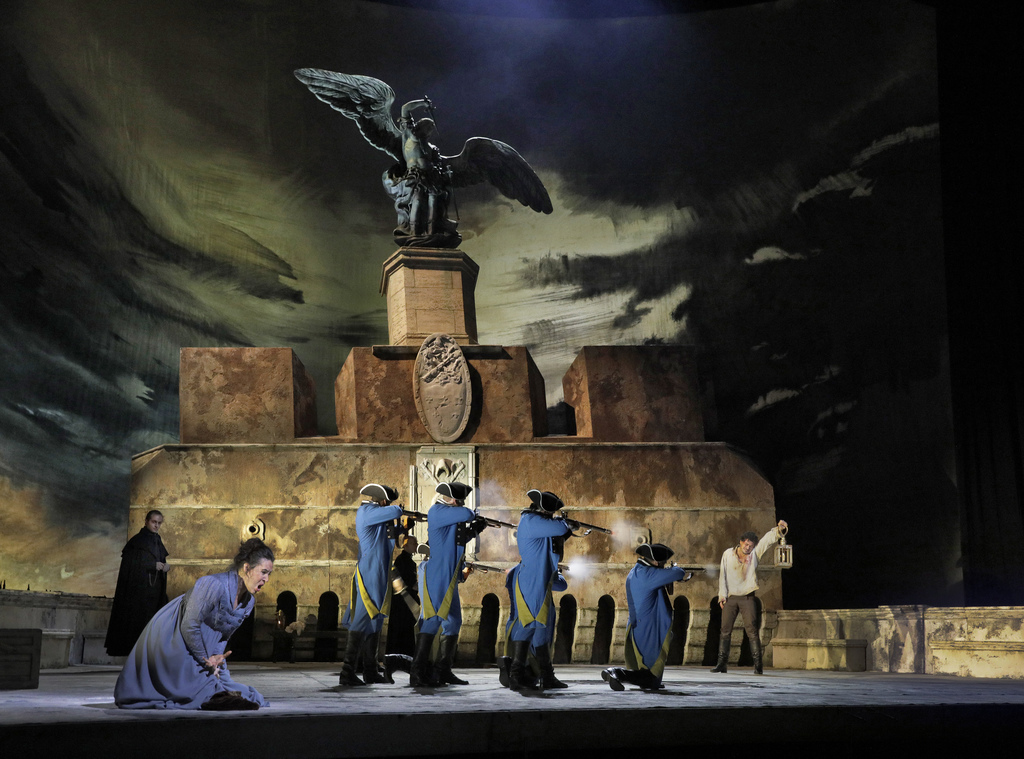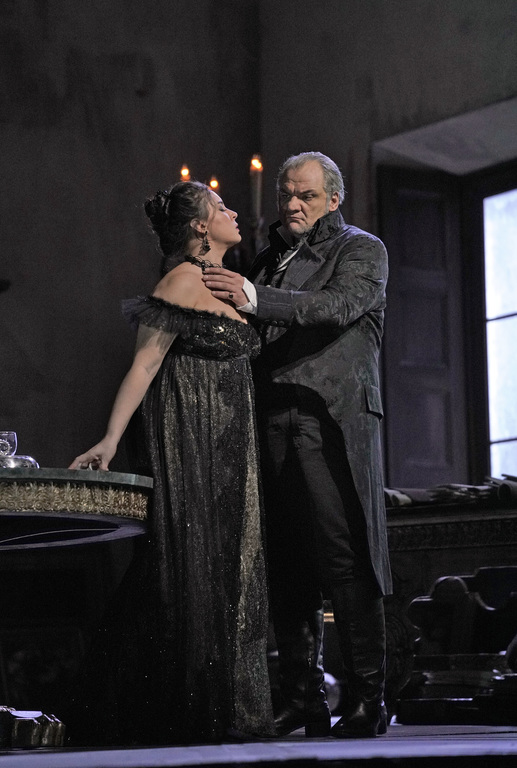The Met:
Live in HD.
Сезон 2020-2021
City:
Moscow
Cinemas:
Baltika
Big Hall of the New Tretyakov Gallery (West Wing)
Cinema Park Kaluzhskiy
Cinema Park Metropolis
CINEMA PARK Schelkovsky
Eldar
Formula Kino CDM
Formula Kino Chertanovo
Formula Kino Europa
Formula Kino na Kutuzovskom
Formula Kino na Polezhaevskoy
GUM Cinema Hall
KARO Ermitazh
KARO Museum of Moscow
Kinomax Mozaika
Kinomax Prazhskaya
Kinomax Titan
Kinomax Vodniy
KINO OKKO Afimoll City
Mori Cinema Kuntsevo
Moskino Salyut
Moskino Zvezda
Dates:
10.10.2020-30.06.2021
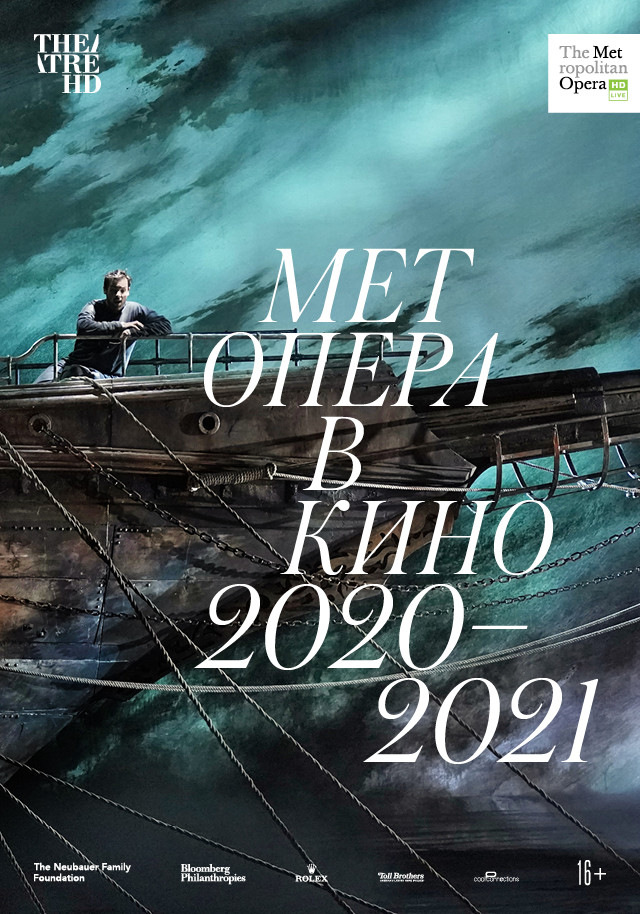
Choose city for details:
- Arkhangelsk
- Astrakhan
- Barnaul
- Bryansk
- Cheboksary
- Chelyabinsk
- Cherepovets
- Chita
- Dnipro
- Engels
- Irkutsk
- Izhevsk
- Kaliningrad
- Kazan
- Khabarovsk
- Kharkiv
- Kirov
- Kolomna
- Krasnodar
- Krasnoyarsk
- Kryvyi Rih
- Kursk
- Kyiv
- Lipetsk
- Lviv
- Minsk
- Moscow
- Murmansk
- Mytishchi
- Naberezhnye Chelny
- Nalchik
- Nizhnekamsk
- Nizhny Novgorod
- Novosibirsk
- Obninsk
- Odesa
- Omsk
- Orekhovo-Zuyevo
- Orenburg
- Oskemen
- Penza
- Perm
- Petropavlovsk-Kamchatskiy
- Petrozavodsk
- Pskov
- Rostov-on-Don
- Ryazan
- Saint Petersburg
- Samara
- Saransk
- Saratov
- Sergiyev Posad
- Severodvinsk
- Simferopol
- Smolensk
- Sochi
- Surgut
- Syktyvkar
- Taganrog
- Tolyatti
- Tomsk
- Tver
- Tyumen
- Ufa
- Veliky Novgorod
- Vladimir
- Vladivostok
- Volgograd
- Voronezh
- Yaroslavl
- Yekaterinburg
- Yoshkar-Ola
- Yuzhno-Sahalinks
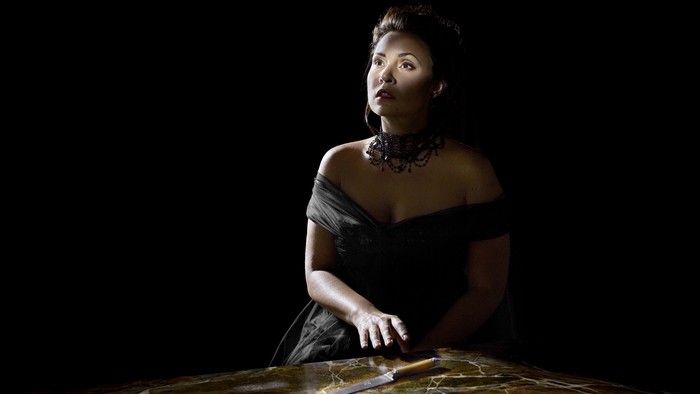
Тоска
Tosca
Country: USA
Year: 2018
Cast: Sonya Yoncheva, Vittorio Grigolo, Željko Lučić, Patrick Carfizzi
Conductor: Emmanuel Villaume
Director: David McVicar
Set and costume designer: John Macfarlane
Lighting designer : David Finn
Choreographer: Leah Hausman
Genre: opera
Language: Italian
Translation: russian subtitles
Time: 2 hours 19 minutes
Возраст: 16+
